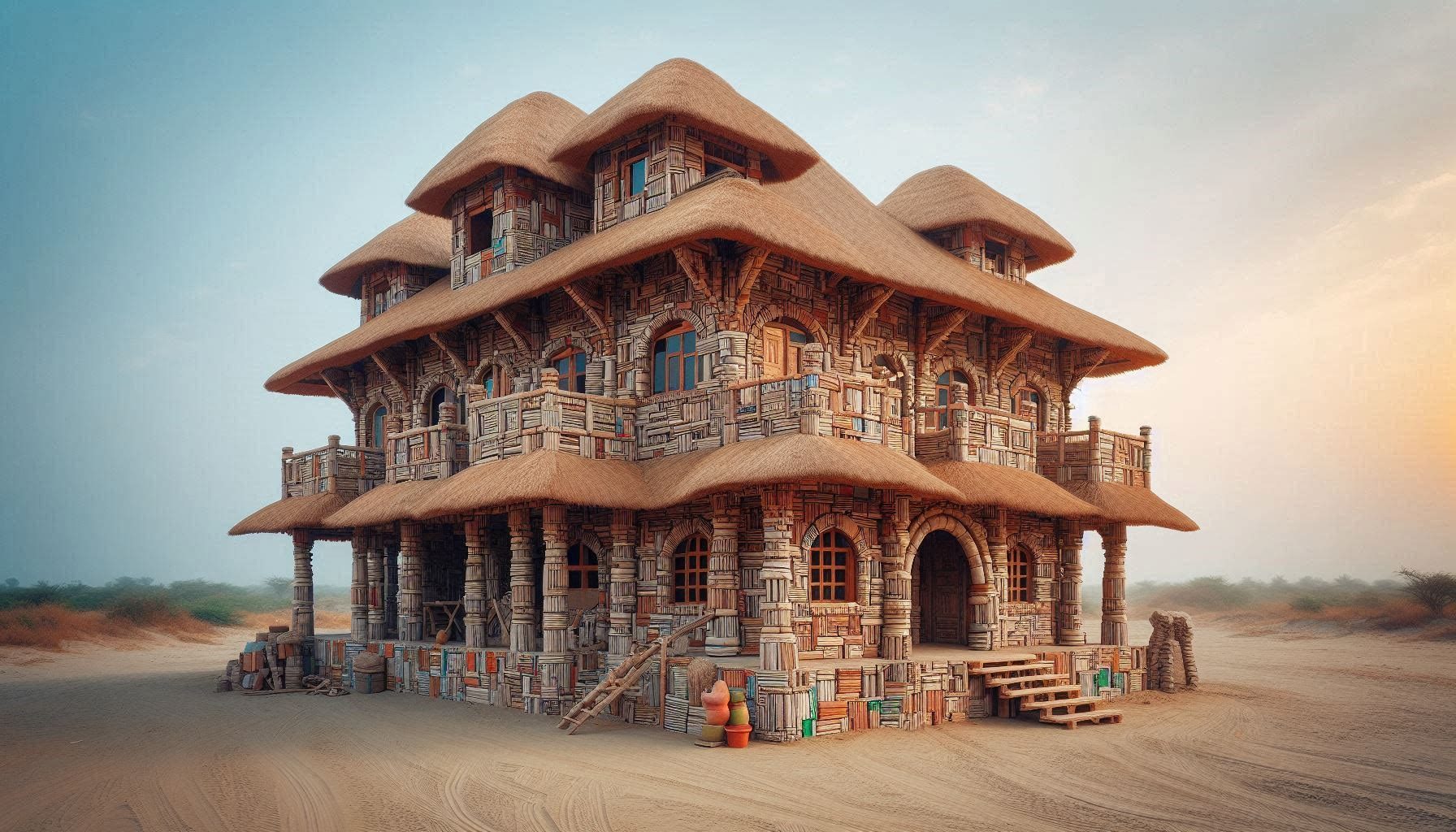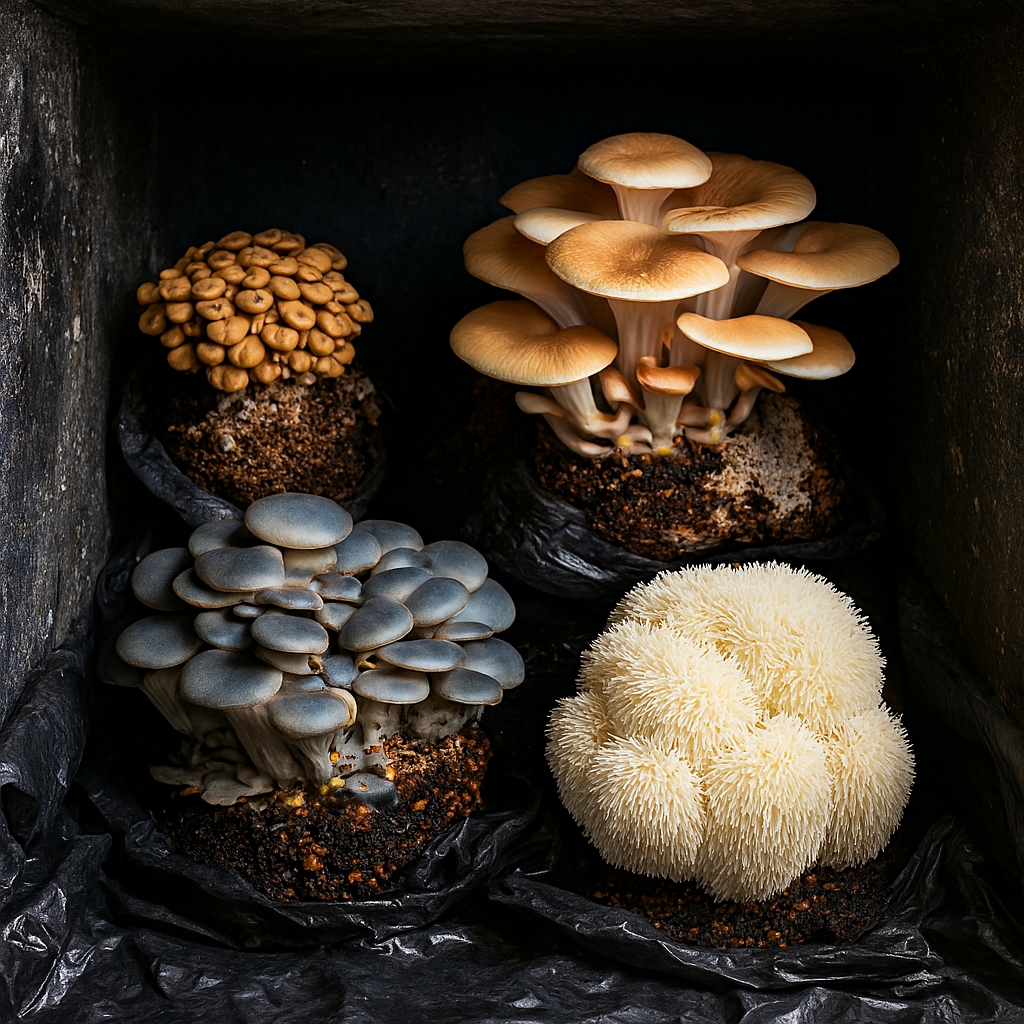Kenyans Plastic Bricks Out Of Plastic Waste
Building Aa Sustainable Future With Kenyans Turn Plastic Waste Into Plastic Bricks
In the vibrant city of Nairobi, Kenya, an innovative solution to make recycled plastic bricks is taking shape. Nzambi Matee, a materials scientist and the founder of Gjenge Makers, has developed a groundbreaking method to transform plastic waste into durable, affordable building bricks. This initiative not only addresses the pressing issue of plastic pollution but also provides a sustainable alternative to traditional construction materials.
The Plastic Challenge
Kenya, like many other countries, faces a significant challenge with plastic waste. Despite efforts to reduce the use of single-use plastics, the nation continues to generate large amounts of plastic waste daily. This waste often ends up in landfills, rivers, and oceans, causing environmental harm and posing health risks to communities.
An Ingenious Solution
Nzambi Matee saw potential in what others considered waste. Her company, Gjenge Makers, collects non-recyclable plastic waste and combines it with sand to create durable bricks. These bricks are not only cost-effective but also much stronger than conventional concrete bricks. The process involves sorting the plastic, heating it until it melts, and then mixing it with sand before molding it into bricks. The result is a product that is up to seven times stronger than concrete and significantly cheaper.

Kenyans Turn Plastic Waste Into Plastic Bricks
How These Bricks Work
The innovative bricks created by Gjenge Makers are designed to be both practical and sustainable.
Material Collection
The process begins with the collection of non-recyclable plastic waste, which includes various types of plastic that cannot be processed by conventional recycling facilities.
Processing
The collected plastic is cleaned, sorted, and shredded into smaller pieces to facilitate the melting process.
Mixing
The shredded plastic is heated until it melts. This molten plastic is then mixed with sand in specific proportions to achieve the desired strength and durability.
Molding
The plastic-sand mixture is poured into molds to form bricks of standard sizes, ensuring they can be used in conventional construction projects.

Turn Plastic Waste Into Plastic Bricks
Cooling and Curing
Once molded, the bricks are cooled and allowed to cure, ensuring they harden and achieve their maximum strength.
Strength and Longevity of Plastic Bricks
The bricks produced by Gjenge Makers are renowned for their remarkable strength and longevity.
Superior Strength
These bricks are up to seven times stronger than traditional concrete bricks, making them suitable for load-bearing structures and various construction applications.
Weather Resistance
The bricks are highly resistant to extreme weather conditions, including temperatures, moisture, and UV radiation, ensuring they do not degrade over time.
Chemical Resistance
The plastic material used in the bricks is resistant to many chemicals, preventing deterioration caused by exposure to pollutants and other harmful substances.
Low Maintenance
Due to their durability and resistance to environmental factors, these bricks require minimal maintenance, reducing long-term costs associated with building upkeep.
Sustainable Lifespan
By repurposing plastic waste, these bricks contribute to a circular economy. Their long lifespan means they will not need to be replaced frequently, further reducing the environmental impact of construction.

Plastic Bricks
Pros and Cons of Plastic Bricks
—————————
Pros
Exceptional Strength – Up to seven times stronger than traditional concrete bricks.
Cost-Effective – Cheaper to produce, reducing overall construction costs.
Environmental Benefits – Helps reduce plastic pollution and contributes to environmental conservation.
Weather and Chemical Resistance – Resistant to extreme weather conditions and many chemicals.
Thermal Insulation – Provides thermal insulation which improves the way heat and cold is controlled & reducing energy costs.
Versatility – Suitable for various construction applications.
Job Creation – Creates job opportunities, contributing to the local economy.
Cons
Initial Investment – Significant initial investment required for setting up production.
Plastic Supply – Dependence on a consistent supply of non-recyclable plastic waste.
Public Perception – Potential skepticism about using plastic bricks in construction.
Regulatory Hurdles – Challenges in obtaining necessary approvals and certifications.
Potential Health Concerns – Health risks during production if not properly managed.
Limited Awareness – Limited awareness about the benefits and availability of plastic bricks.
Conclusion
The innovative approach of transforming plastic waste into durable building bricks by Gjenge Makers is a testament to the power of sustainable solutions in addressing environmental challenges. These bricks offer numerous advantages, including exceptional strength, cost-effectiveness, and significant environmental benefits. They are resistant to weather and chemicals, provide good thermal insulation, and are versatile for various construction applications. Additionally, the production process creates job opportunities, contributing to the local economy.
However, there are also challenges to consider. The initial investment for setting up production, the need for a consistent supply of plastic waste, potential public skepticism, regulatory hurdles, and health concerns during production are all factors that need to be managed carefully.
Overall, the plastic bricks from Gjenge Makers represent a promising step towards a more sustainable future. By repurposing plastic waste into valuable construction materials, they not only help mitigate plastic pollution but also provide a practical and durable alternative to traditional building materials. This innovation holds great potential for widespread adoption, paving the way for more eco-friendly construction practices worldwide.
Join the Discussion
We’d love to hear your thoughts on this innovative approach to tackling plastic waste and building sustainable communities.
What do you think about using plastic waste to create building materials?
Do you see any potential challenges or benefits that weren’t mentioned?
How do you think this innovation could be implemented in other countries?
Would you consider using plastic bricks for your own construction projects? Why or why not?
What other innovative solutions have you heard of that address environmental issues?
Let’s work together to explore how we can build a more sustainable future!
Hashtags
#SustainableBuilding #PlasticWaste #EcoFriendly #GreenConstruction #Innovation #Recycling #PlasticBricks #GjengeMakers #NzambiMatee #EnvironmentalImpact #CircularEconomy #WasteManagement #GreenTech #SustainableLiving #ClimateAction #EcoInnovation #BuildingMaterials #PlasticPollution #CleanEnergy #FutureOfConstruction #GreenSolutions #SustainableDevelopment #EcoWarriors #ZeroWaste #GreenBuilding #PlasticRecycling #SustainableArchitecture #EcoFriendlyMaterials #GreenFuture #PlasticRevolution

















Complex Unique Life Ecosystems Powerful Adaption ecoreef.co
[…] web of interactions and processes, may seem complex and challenging to understand. However, by recognizing the commonalities across ecosystems, we can appreciate the principles that govern them and the interconnectedness of nature. The […]